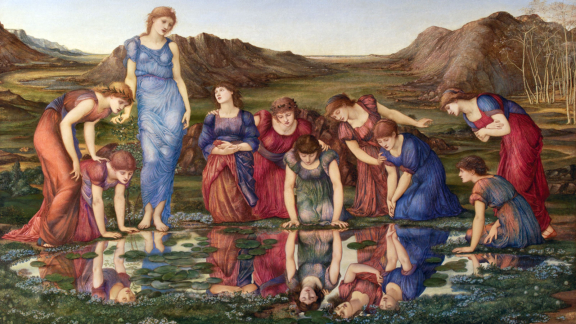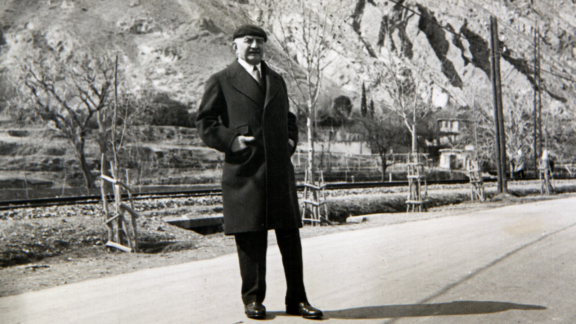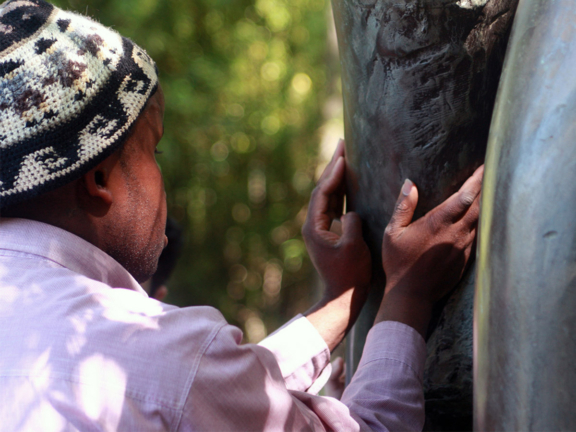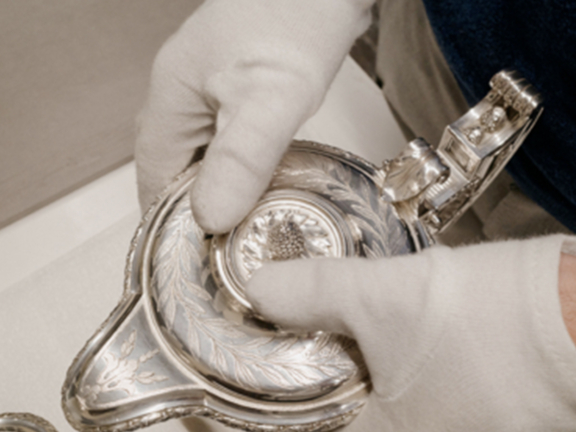
Censorship and Revolution. Forbidden Books in the Age of Enlightenment
Books have always been a privileged means of resistance against oppressive regimes. In this article, curator Ana Maria Campino writes about some of the ‘forbidden books’ from the 18th century that belong to the Gulbenkian Collection.
















